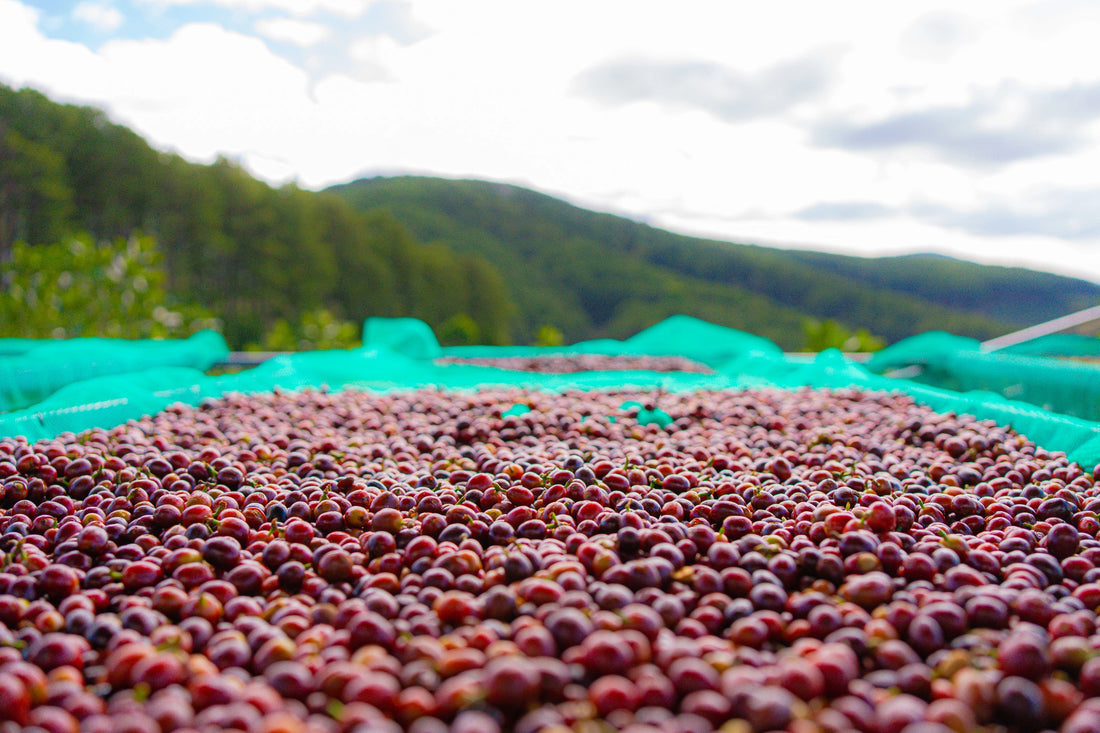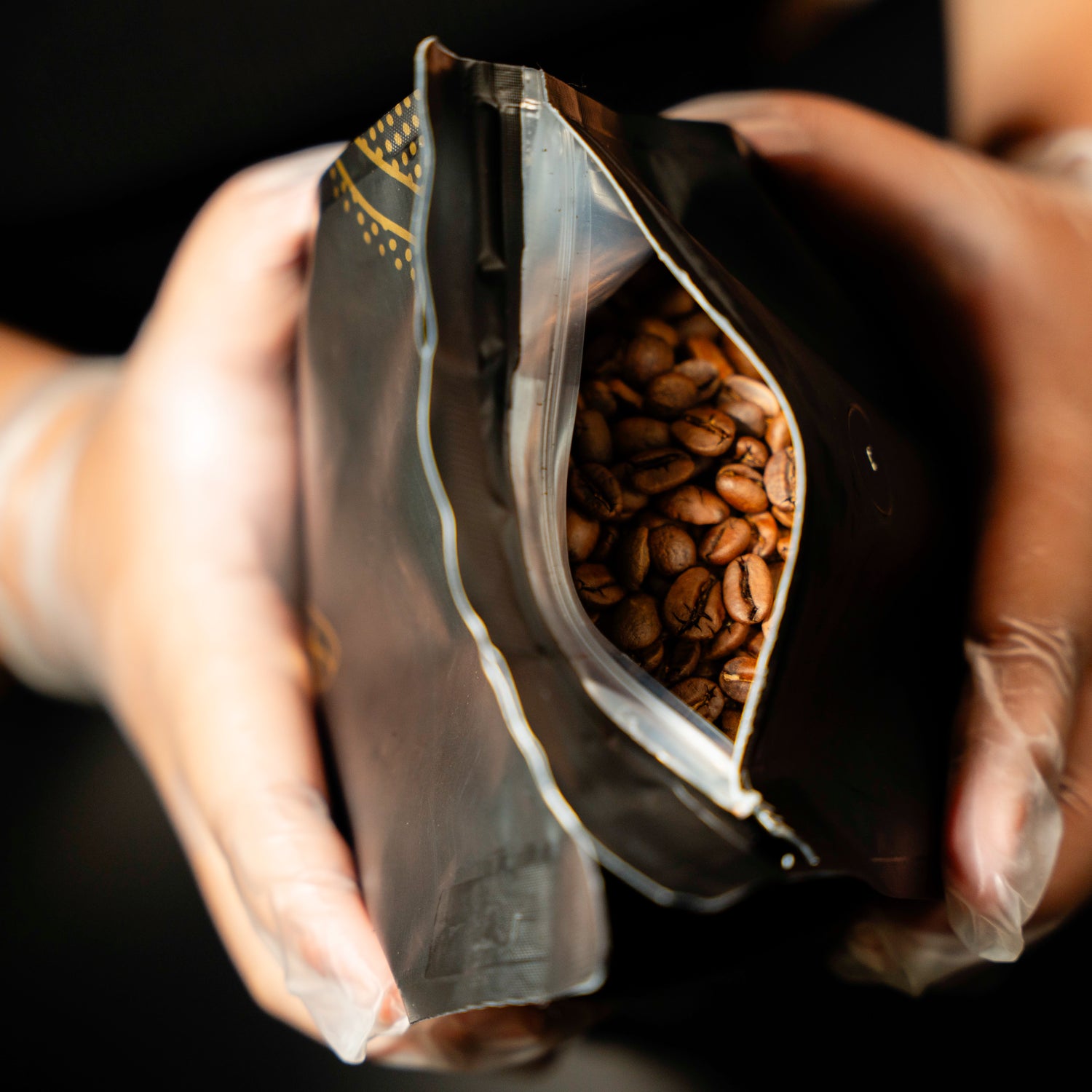
If you're new to the world of specialty coffee, you may been wondering about the various fruits and flavors that roasters put on the label of their coffees. No, it doesn't mean that artificial flavors are added to the coffee beans! A coffee's natural, origin taste notes are what make it special and they are very different from the flavored coffee beans you may see from local vendors.
Coffee tasting notes are like a map to a world of flavors waiting to be explored. Understanding these tasting notes can enhance your coffee experience and deepen your appreciation for the brew.
When we talk about tasting coffee notes, we're referring to the range of flavors and aromas that can be found in a cup of coffee. Just like wine tasting, coffee tasting involves identifying and describing these flavors to capture the essence of each brew.
Mindful tasting can add a new dimension to your daily cup. It's about moving beyond the simple distinction of "strong" or "weak" coffee and discovering a world of nuances. You might start noticing hints of fruitiness, chocolatey undertones, or floral aromas with different coffees and roast levels.
Specialty shops often highlight coffee tasting notes to showcase the unique qualities of their beans. By understanding these notes, you can make informed choices based on your flavor preferences. Whether you prefer a bright and acidic coffee or a rich and velvety blend, knowing the tasting notes can guide your selection.
Diving deeper into tasting notes can be a fascinating journey of discovery. Hone your palate, identify subtle flavors, and learn to appreciate the complexities of different coffees and origins. Experiment with various brewing methods, such as espresso or pour-over, or even play with your parameters to accentuate specific tasting notes.
Acidity, body, and sweetness are common considerations when evaluating a brew. Acidity in coffee refers to the bright, tangy, or crisp flavors that give coffee its vibrant and lively taste. It's like the tartness you might experience when biting into a fresh apple or a juicy orange. The level of acidity can make the coffee feel fresh and clean on your palate, or on the other hand may taste vinegary or like unripe fruit.
Body refers to the coffee's texture and mouthfeel or weight of the coffee on your tongue. Coffee can have a light body (like tea) or a full body (like syrup). The body of coffee can be influenced by the type of beans, the brewing method, and the roast level.
Natural sugars determine the level of sweetness that a coffee has. A sweet coffee won’t necessarily taste sugary, but it will have a nice, mellow flavor like fruits, caramel, or honey. Some coffee varieties have more natural sugars than others and roast level will also determine how developed the sugars are.
Remember, coffee tasting is a personal journey, and there are no right or wrong answers. The goal is to explore, learn, and savor each cup of coffee as a unique sensory experience. So, whether you're enjoying a simple espresso or experimenting with creative coffee recipes, enjoy the process and enjoy your coffee!



